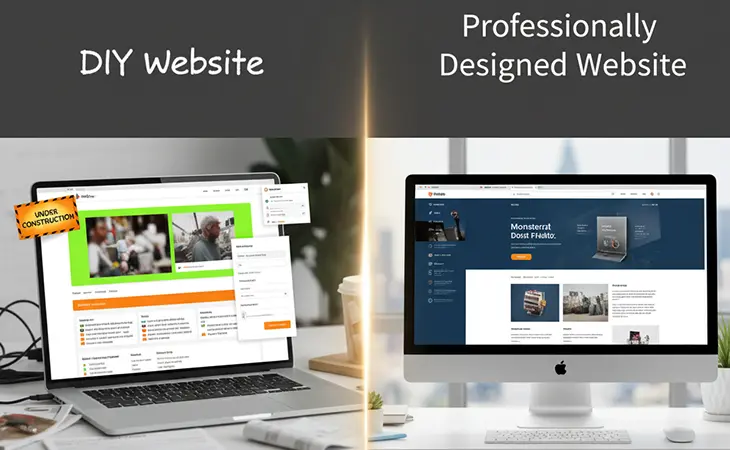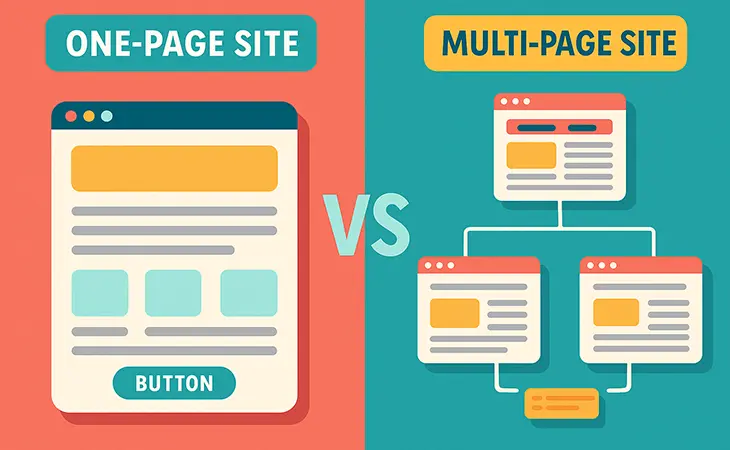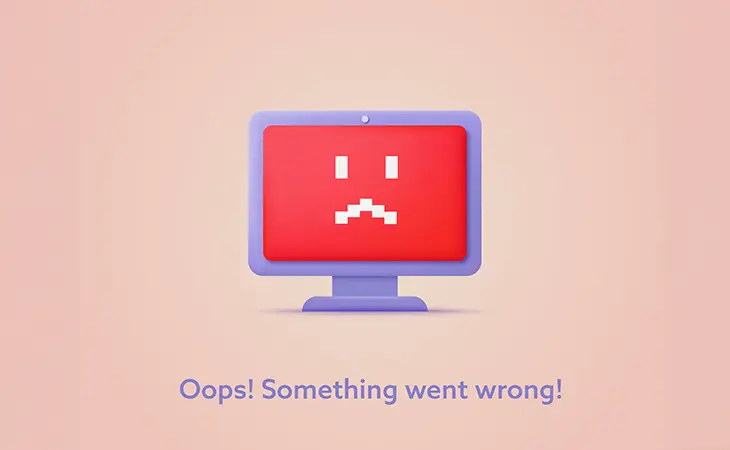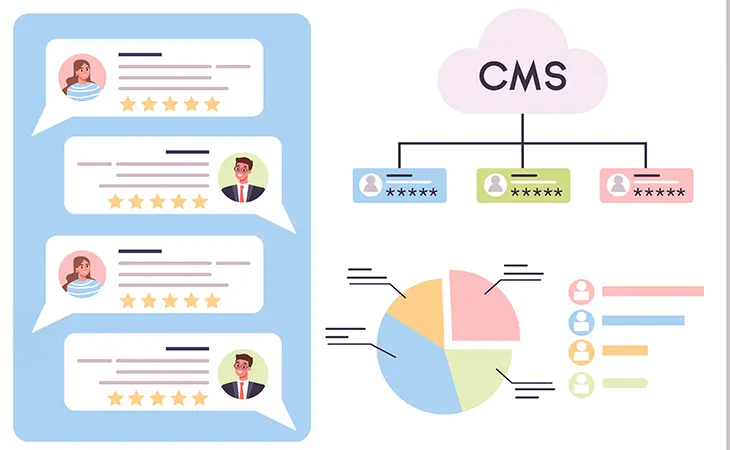In an age where self-sufficiency is celebrated, DIY site builders have captured the hearts and minds of aspiring entrepreneurs and hobbyists alike. The promise of creating a stunning website without any coding knowledge sounds like a dream come true. However, while these tools market themselves as user-friendly, the reality often tells a different story. Beneath the surface of easy drag-and-drop features lies a world of complexities that can deter even the most determined individuals. In this article, we will explore the illusion of simplicity that DIY builders present, the hidden challenges they conceal, and the balancing act of weighing their pros and cons.
The Illusion of Simplicity: What DIY Builders Overlook
Many of us have heard glowing stories of individuals who launched their businesses with a DIY site builder that seemingly took just hours to create. Take Sarah, for example. She wanted to share her handmade jewelry with the world. Sarah jumped on a popular site builder, excited to express her creativity. However, what began as a simple endeavor quickly spiraled into a confusing maze of templates and features she had never anticipated. Did you know that 61% of small business owners say that building their own site was more complicated than they expected? This statistic highlights a common experience among DIY builders.
While the promise of a user-friendly interface is alluring, many builders overlook critical elements such as SEO optimization and mobile responsiveness. For instance, Joe, a passionate blogger, found himself frustrated when his beautifully designed website received little traffic. After some research, he realized that the DIY platform had limited SEO capabilities, significantly reducing his chances of being discovered online. Without proper optimization, even the most visually appealing sites may languish in obscurity.
Furthermore, the templates offered by DIY builders can be restrictive in terms of customization. Lisa wanted her photography site to showcase her unique aesthetic but soon discovered that the template she selected didn’t allow for the adjustments she had envisioned. Her beautiful photos deserved a more tailored presentation, but the preset options stifled her creativity. Many DIY builders boast about their customization features, yet users often find that these features are more limited than initially promised.
Navigating the backend of these platforms can also prove daunting for the uninitiated. Mark, a small business owner, was thrilled to connect with customers online until he faced the intimidating dashboard filled with options and settings. As he tried to integrate a payment solution, he felt lost, ultimately requiring external help to achieve what should have been a straightforward task. Stories like Mark’s remind us that while DIY builders promote simplicity, the reality often involves a steep learning curve.
Moreover, the lack of dedicated support can leave many users feeling stranded. Emily decided to reach out to customer support when she encountered a glitch on her website. She was met with delayed responses and generic solutions that didn’t address her specific issue. This experience taught her that while DIY builders may advertise ease of use, the reality is that users may need assistance more often than they anticipate.
Lastly, the illusion of simplicity can lead to a false sense of security. Many individuals dive headfirst into DIY projects, believing they can handle everything themselves. However, as John discovered, managing a website involves regular updates, security measures, and troubleshooting that most builders don’t adequately prepare users for. This oversight can lead to frustrations and setbacks that deter users from pursuing their online ambitions.
Hidden Challenges: Navigating the Pitfalls of DIY Sites
As we peel back the layers of DIY site builders, we uncover a myriad of hidden challenges that can turn a seemingly straightforward process into a battleground of frustration. Take Mia, who wanted to create an online portfolio to showcase her graphic design skills. She eagerly signed up for a DIY service, only to find that uploading her high-resolution images led to slow loading times. Did you know that 47% of users expect a webpage to load in two seconds or less? For Mia, this statistic became a harsh reality when potential clients couldn’t access her portfolio promptly.
Another significant challenge is the issue of scalability. Ryan was thrilled to launch his e-commerce site using a DIY builder, but as his business began to grow, he soon realized that the platform couldn’t accommodate his increasing needs. He faced limitations on product listings, payment options, and even a lack of integration with shipping services. These constraints can be detrimental for entrepreneurs aiming for growth, as they may find themselves needing to migrate to a more robust solution sooner than anticipated.
One of the most overlooked aspects of DIY site building is security. With cyber threats on the rise, having a secure website is more crucial than ever. While many builders claim to offer security features, the implementation can be less than adequate. For instance, Ben, an aspiring blogger, faced a website hack due to vulnerabilities in his DIY platform. The aftermath was a nightmare of lost content and damaged credibility, teaching him that security shouldn’t be an afterthought when creating an online presence.
Design limitations are yet another hidden challenge. Although many site builders provide an array of templates, the uniqueness of each site can suffer. When Clara attempted to use her builder’s templates, she quickly discovered that many businesses were using the same designs, leading to a lack of individuality in her brand. In the competitive online landscape, standing out is essential, and generic templates can dampen a brand’s potential impact.
Furthermore, relying on a DIY builder can create unforeseen issues with ownership and control. When Alex decided to build his blog, he was thrilled with the platform he chose until he discovered that if he ever wanted to migrate his site, the process would be cumbersome and potentially result in a loss of content. Many users are unaware of the potential pitfalls regarding data ownership, leading to complications down the line.
Lastly, the emotional toll of navigating these challenges cannot be understated. As each obstacle emerges, users may feel overwhelmed and question their decision to take the DIY route. For Jessica, the frustration led to self-doubt, making her consider abandoning her website altogether. This emotional rollercoaster can hinder creativity and innovation, ultimately affecting the quality of the final product.
The Balancing Act: Weighing Pros and Cons of DIY Builders
Despite the challenges that DIY site builders present, they also offer undeniable benefits that attract many users. The most significant advantage is accessibility. DIY builders democratize the web, allowing anyone with a vision to create a website without hefty upfront costs. For example, Tim, an aspiring musician, was able to launch his first website with a minimal budget, paving the way for his online presence. This accessibility empowers individuals who might otherwise struggle to afford professional web development services.
Another noteworthy pro is the speed of deployment. Many users appreciate the quick turnaround that DIY builders provide. When Jenna wanted to promote her new bakery, she was able to launch her site within a weekend. The instant gratification of seeing her creations online was exhilarating and allowed her to start attracting customers right away. This speed can be a significant advantage for those eager to make their mark.
Additionally, the control that DIY builders offer can be appealing. Users can dictate the design, layout, and content of their sites, enabling them to reflect their unique personalities or brand identities. For example, when Daniel built his travel blog, he relished the freedom to choose colors, fonts, and images that matched his adventures. This creative control can be liberating for those who want a hands-on approach to their online presence.
However, as previously discussed, the drawbacks of DIY site builders can be substantial. Users must weigh the potential for frustration against the convenience of having control over their sites. While the allure of building a site independently is strong, many find that the time and energy expended may not be worth it in the end. For some, the solution may involve hiring professionals to handle the complexities while they focus on their passions.
Moreover, as users navigate the pros and cons, they must consider long-term goals. Are they building a site for a short-term project or a lifelong venture? This question can significantly impact the choice of whether to stick with a DIY builder or invest in a more customizable platform. Claire, who initially opted for a DIY builder, eventually transitioned to a more robust option as her business matured, realizing that scalability was essential for her long-term vision.
Finally, the balancing act involves understanding one’s technical skills and comfort level. While some individuals thrive with hands-on projects, others may feel overwhelmed by the technical aspects. It’s crucial to assess personal capabilities honestly to determine if a DIY builder aligns with one’s skills and goals. In the end, the decision should be a thoughtful consideration of the individual’s unique circumstances and aspirations.
In conclusion, while DIY site builders offer an inviting promise of simplicity and accessibility, they come with their own set of hidden challenges that can deter even the most enthusiastic users. From navigating hidden complexities to weighing the pros and cons, individuals must approach these tools with realistic expectations. As you embark on your web-building journey, remember to balance the allure of independence with the complexities that may arise. Through careful consideration, you can make an informed decision that aligns with your goals and vision. Happy building!
Further Reading
- Forbes – Best Website Builders and Why DIY Isn’t Always Cheaper
- Search Engine Journal – Do Website Builders Hurt SEO?
- Rocket Web Designer – Why Your Cheap Website Design Is Costing You
Ready to Fix Your Website for Good?
Let's Grow Your Business Online
From websites to automation, we’ve helped 100+ business owners grow online




